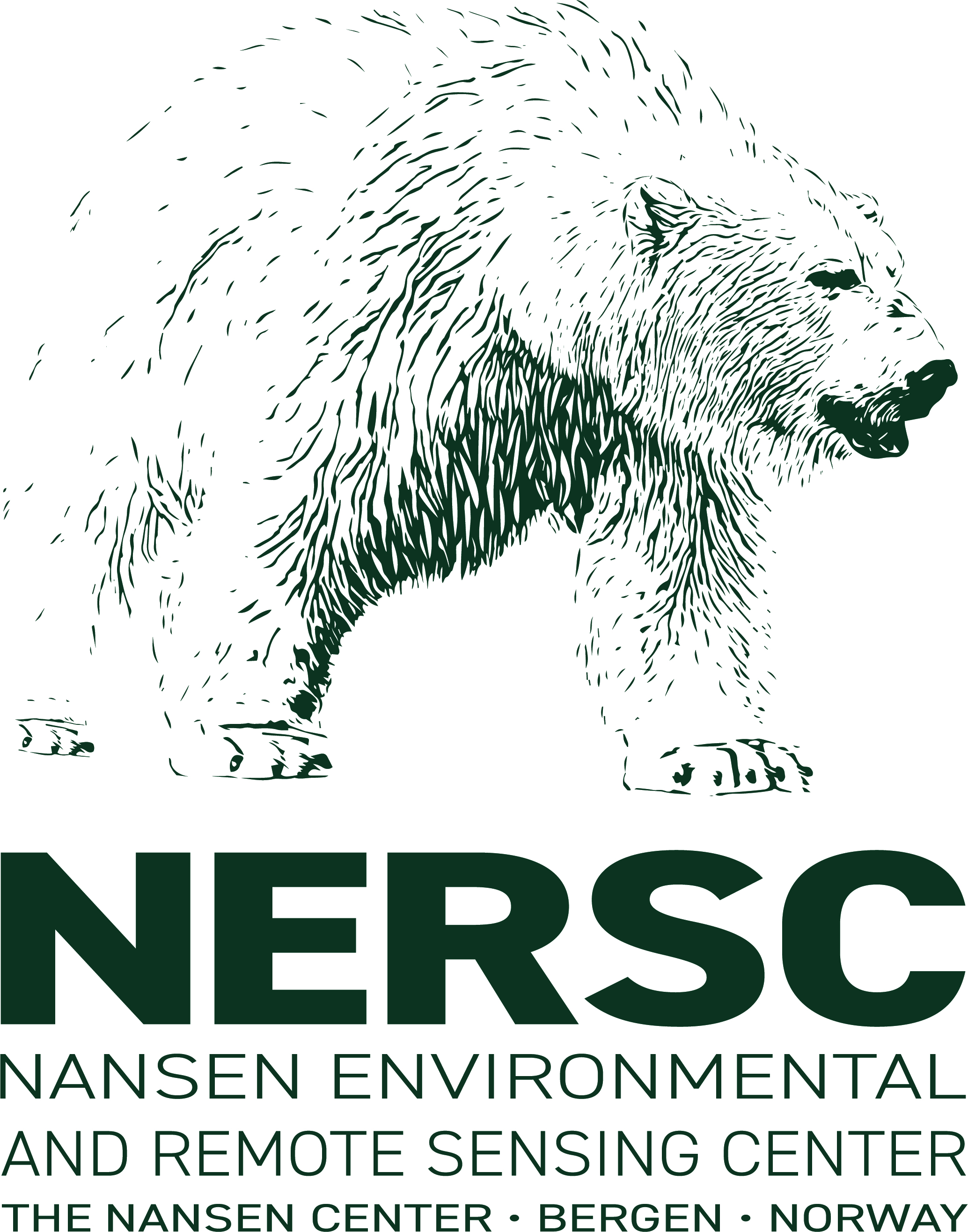The ACCIBERG project has three main objectives:
Improve sea ice forecasts
Provide calibrated sea-ice forecast products for days to seasons ahead together with reliable uncertainty estimates.
Improve iceberg forecasts
Demonstrate two new prototypes of iceberg forecasts for detecting icebergs beyond Greenland waters.
Improve forecast ability via data assimilation
Better assimilate sea ice parameters in operational ocean and sea-ice forecasting models.
The state of sea ice and iceberg forecasts
Currently, there is little information about icebergs available publicly except for the area around Newfoundland, the Labrador Sea and the southern tip of Greenland. Even in these areas mariners need improved iceberg detection and forecasts for safe transit and better route guidance on time scales ranging from hours to several days. Voyage planning usually starts months ahead by the selection of ship, season, and crew. Today, this planning step lacks information about expected iceberg density, and environmental parameters such as sea ice, and is thus still relying on past typical conditions.
Monitoring and forecasting icebergs ahead of time is dependent on adequate forecasts of sea ice, ocean, wind, and wave conditions for the whole Arctic, which are part of the Copernicus Marine and Climate Change Services. However, the uncertainties on these parameters can be large, unavailable and/or inconsistent between the Copernicus services. Assimilation of satellite observations can reduce these uncertainties, and forecast ensembles can provide reliable uncertainty estimates. But for sea ice, this is currently not being done consistently across Copernicus.
ACCIBERG Improvements
ACCIBERG will improve the forecasts of sea ice and ocean parameters and their uncertainties in both the Copernicus Marine and Climate Change Services, extending the coverage of the satellite detection of icebergs and developing a new iceberg forecast service.
The above developments build on advanced methods for sea ice and ocean modelling, remote sensing, data assimilation, forecasting, and cloud computing, which make them relevant for the whole Arctic and offer probabilistic sea ice and iceberg forecasts based consistently on Copernicus data. The consistency at the level of Copernicus is unique as other national or commercial services are limited to smaller regions and may not prioritise the accuracy and mutual consistency of their data sources. The project consortium is also composed of world leading experts in observing, modelling, and forecasting sea ice and icebergs, which are intimately familiar with the Copernicus data available.
More accurate, reliable information with uncertainty estimates
We will deliver more reliable and accurate sea ice forecasts, accompanied by uncertainty estimates and user-targeted quality measures. The improved sea ice forecast has the additional potential to improve both weather and ocean forecasts. The resulting iceberg forecasts will be automated and benefit a wide range of users navigating the Arctic, from small fisheries to large cruise tourism, including local communities. We will provide prototype products ready to be implemented in the Copernicus services and on WEkEO, a single-entry point for all Copernicus data.
An introductory video to the ACCIBERG project.



